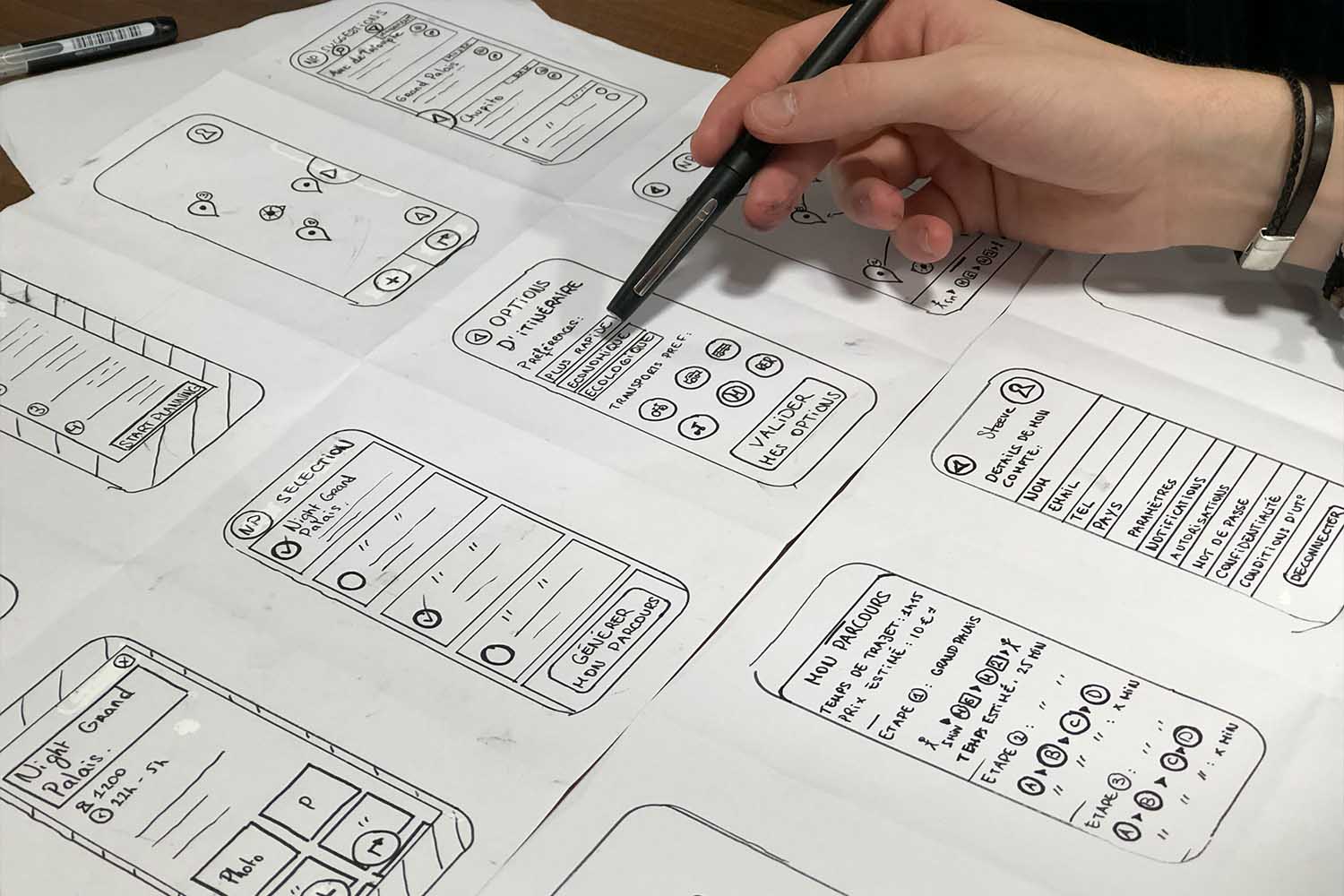Introduction
The Internet of Things (IoT) is transforming our daily lives by connecting everyday devices to the internet, allowing them to communicate, collect data, and make intelligent decisions. From smart homes and wearable technology to industrial automation and healthcare, IoT is shaping the future of technology.
But how does IoT work? What are its real-world applications, benefits, and security challenges? In this article, we’ll explore how IoT is changing industries and what the future holds.
1. What is IoT and How Does It Work?
Understanding IoT 🔗
The Internet of Things (IoT) refers to the network of interconnected smart devices that collect, share, and analyze data via the internet.
✔ Sensors & Actuators – Devices collect real-time data from the environment.
✔ Connectivity – Data is sent via Wi-Fi, Bluetooth, 5G, or LPWAN networks.
✔ Cloud Computing – The data is stored, processed, and analyzed in the cloud.
✔ AI & Automation – Smart algorithms analyze data and automate actions.
Example: A smart thermostat detects room temperature, connects to Wi-Fi, and adjusts settings based on user preferences.
2. How IoT is Transforming Industries
1. Smart Homes & Consumer Electronics 🏠
✔ Smart Thermostats – Adjust home temperature automatically (e.g., Google Nest, Ecobee).
✔ AI-Powered Smart Assistants – Voice-controlled devices manage daily tasks (Alexa, Google Home).
✔ Smart Security Systems – IoT-enabled cameras and door locks improve security (Ring, Arlo).
Example: IoT refrigerators like Samsung’s Family Hub track groceries and suggest recipes.
2. Healthcare & Wearable Technology 🏥
✔ Wearable Health Trackers – Devices like Fitbit & Apple Watch monitor heart rate and fitness.
✔ Remote Patient Monitoring – IoT sensors track vitals and send alerts to doctors.
✔ Smart Pills & Biosensors – Ingestible IoT devices monitor internal health conditions.
Example: Medtronic’s smart insulin pump automatically adjusts insulin delivery based on blood sugar levels.
3. Industrial IoT (IIoT) & Smart Manufacturing 🏭
✔ Predictive Maintenance – IoT sensors detect machine failures before they happen.
✔ Smart Robotics – AI-powered robots optimize production lines.
✔ Supply Chain Optimization – Real-time tracking of inventory and logistics.
Example: General Electric uses IoT-powered predictive maintenance to reduce machine downtime.
4. Smart Cities & Infrastructure 🏙️
✔ AI-Powered Traffic Management – IoT sensors optimize traffic lights and reduce congestion.
✔ Smart Streetlights – Energy-efficient lighting adjusts brightness based on activity.
✔ IoT Waste Management – Smart bins detect waste levels and schedule pickups.
Example: Barcelona’s smart city program uses IoT for real-time traffic monitoring and pollution control.
5. Connected Cars & Autonomous Vehicles 🚗
✔ Vehicle-to-Vehicle (V2V) Communication – Cars share data to avoid accidents.
✔ IoT-Enabled Fleet Management – GPS tracking optimizes delivery routes.
✔ AI-Powered Self-Driving Cars – Tesla, Waymo, and Uber use IoT for autonomous driving.
Example: Tesla’s Autopilot collects real-time driving data from IoT sensors for navigation.
3. The Benefits of IoT Technology
✅ Improved Efficiency – Automates tasks and reduces human effort.
✅ Real-Time Data & Analytics – Provides valuable insights for decision-making.
✅ Energy Savings – Smart devices optimize energy consumption.
✅ Better Security & Safety – IoT-enabled surveillance and monitoring systems enhance security.
Example: Smart grids reduce energy waste by adjusting power usage based on demand.
4. Security & Privacy Challenges of IoT
🚧 Data Privacy Risks – IoT devices collect vast amounts of personal data.
🚧 Cybersecurity Threats – IoT devices are vulnerable to hacking and cyberattacks.
🚧 Interoperability Issues – Different IoT devices may not be compatible with each other.
🚧 Network Dependence – IoT performance relies on strong and stable internet connectivity.
Example: The Mirai Botnet attack (2016) hacked IoT devices to launch a massive DDoS attack that shut down major websites.
5. The Future of IoT: What to Expect by 2035
🔮 By 2025 – Over 75 billion IoT devices will be in use worldwide.
🔮 By 2030 – IoT will power fully smart cities, AI-driven healthcare, and connected industries.
🔮 By 2035 – IoT will integrate with Quantum Computing & 6G networks for next-level automation.
🚀 Will IoT make life more convenient or raise new security concerns?
Conclusion
The Internet of Things is revolutionizing industries, from healthcare and manufacturing to smart homes and cities. However, cybersecurity risks, privacy concerns, and interoperability issues must be addressed to ensure a secure and connected future.
💡 IoT is shaping the world—are you ready to embrace it?


